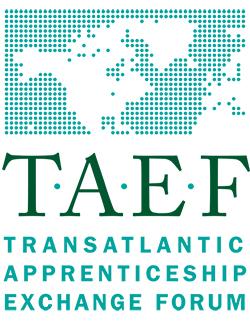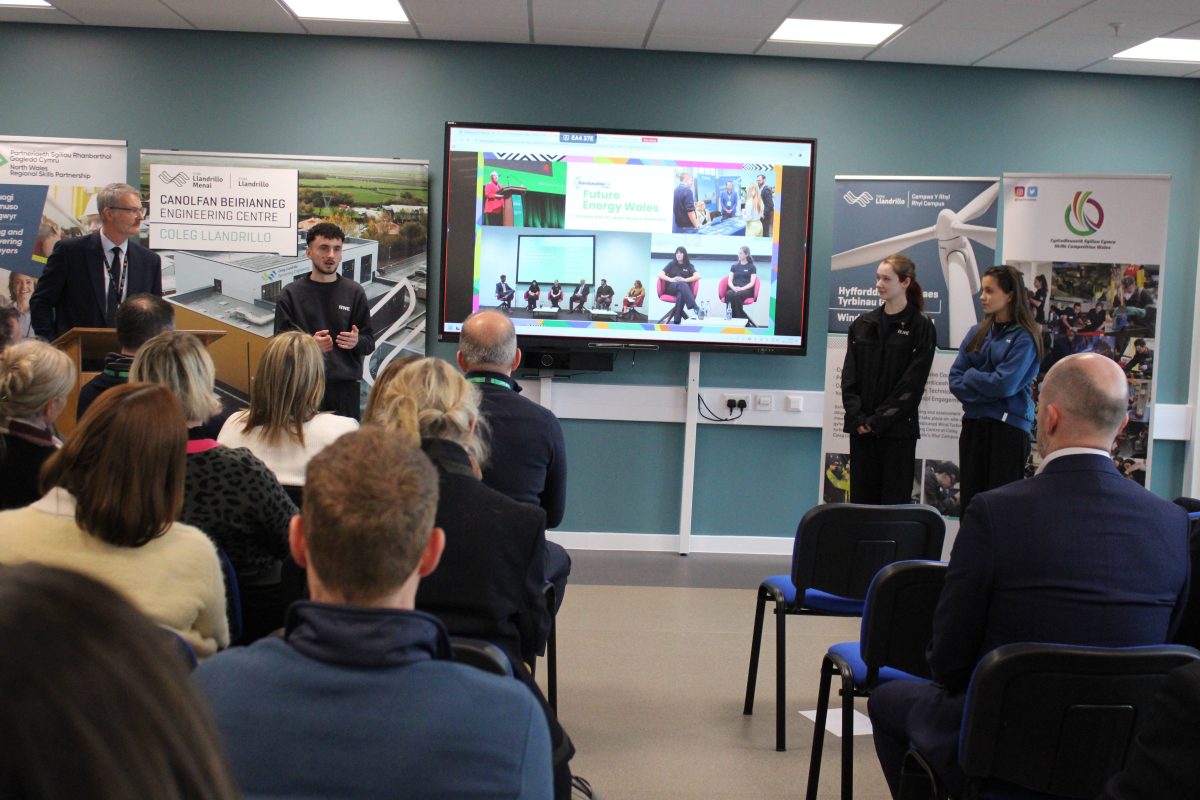America want UK Help To Achieve 5m apprenticeships by 2022

Going Stateside: America wants 5m apprenticeships by 2022 and wants help from UK providers
America aims to create 5 million additional apprenticeships by 2022 and it is looking to UK providers for help
With U.S. job vacancies at the highest level in over a decade, the skills gap stateside, just as in Britain, is really starting to bite. When combined with the growing scepticism of four-year-college-degrees and rising student debt, the perfect conditions are being created for a major disruption of the post-secondary education system.
Joseph Schumpeter famously observed that capitalist economies need to undergo a period of “creative destruction” to be able to dynamically renew and reform themselves.
At the centre of this process is the adoption of new technology and crucially, innovation. Upstarts that bring a more efficient way of delivering a product or service can potentially replace incumbent companies and ways of doing things. Remember those physical Blockbuster video stores, before Netflix came along enabling consumers to rent the latest movie without ever leaving their sofa?
This sort of disruption is a good way of looking at what’s happening in the world of American apprenticeships.
Most UK training providers would probably not associate Uncle Sam with a well-developed apprenticeship system. But dig deeper and in particular take a look at recent developments and they might find themselves pleasantly surprised.
The U.S. Department of Labor has formally registered apprenticeships since the Great Depression of the 1930s. Today’s challenge, however, has been a combination of where these apprenticeships have been registered until now and the ratio of apprentices compared to international competitors’ workforces.
Eighty per cent of current American apprenticeships are in either construction or the military. Although there has been a major resurgence in apprenticeship starts – over 500,000 per year – since 2014, the ratio of U.S. apprentices compared to the massive size of its 146 million strong workforce sits at just 0.2 per cent. To put this in comparative perspective, England has 1.8 per cent of apprentices as a proportion of its workforce and Germany, 3.7 per cent.
Yet, just two decades ago apprenticeships had all but died out in England.
It was a combination of political wills, business leadership and public and private sector innovation that got the UK’s skills revolution underway. Indeed, the ambition of 3 million apprentices by 2020 is only possible in England because of the unique role outstanding colleges and independent training providers play as ‘intermediaries’ helping to drive growth in the system.
The same is needed in the United States. Reforms that started under the Obama administration, which has been enthusiastically taken up by Donald Trump and his new secretary of labor, Alexander Acosta, offers a major opportunity to UK companies looking to take their expertise across the pond.
The Congress has doubled the size of the federal apprenticeship budget to $200 million per annum. This is new money in the system, driven by a Presidential Executive Order. The order is aimed at shaking up federal regulations in terms of how both providers and employers deliver apprenticeships. For the first time, parts of the student financial system will be able to be used to fund apprenticeships – a potential game changer in the whole way the apprenticeship model works.
 Through the establishment of the Transatlantic Apprenticeship Exchange Forum (TAEF), there is acknowledgement in the United States that UK apprenticeship providers have a lot to offer. U.S. officials have studied the FE College and independent training provider (ITP) model closely and would like to see a similar growth of “workforce training intermediaries” in the United States.
Through the establishment of the Transatlantic Apprenticeship Exchange Forum (TAEF), there is acknowledgement in the United States that UK apprenticeship providers have a lot to offer. U.S. officials have studied the FE College and independent training provider (ITP) model closely and would like to see a similar growth of “workforce training intermediaries” in the United States.
UK TAEF members and trade mission participants such as OneFile, Middleton Murray (established in San Francisco as Middleton’s Inc.) and 3aaa are already taking advantage of the new commercial possibilities the expanding U.S. apprenticeship marketplace has to offer.
Anglo-American consultancy and capacity building companies like Franklin Apprenticeships have been established to help assist in the growth of the U.S. market opportunities, linking UK expertise to US employers looking to develop their own programs, registered by the federal government.
At a White House business leaders’ meeting on apprenticeship, Trump accepted a challenge from Salesforce chief executive Marc Benioff, to set a “moon-shot goal” of reaching 5 million apprenticeship starts.
The only way this will be possible is if a fair degree of innovation and creative destruction starts to get underway. The early signs are encouraging.
Tom Bewick, President of TAEF and co-founder of Franklin Apprenticeships LLC.
Based in the UK, Tom advises colleges and training providers on commercial and market access opportunities in the United States. Contact











Responses